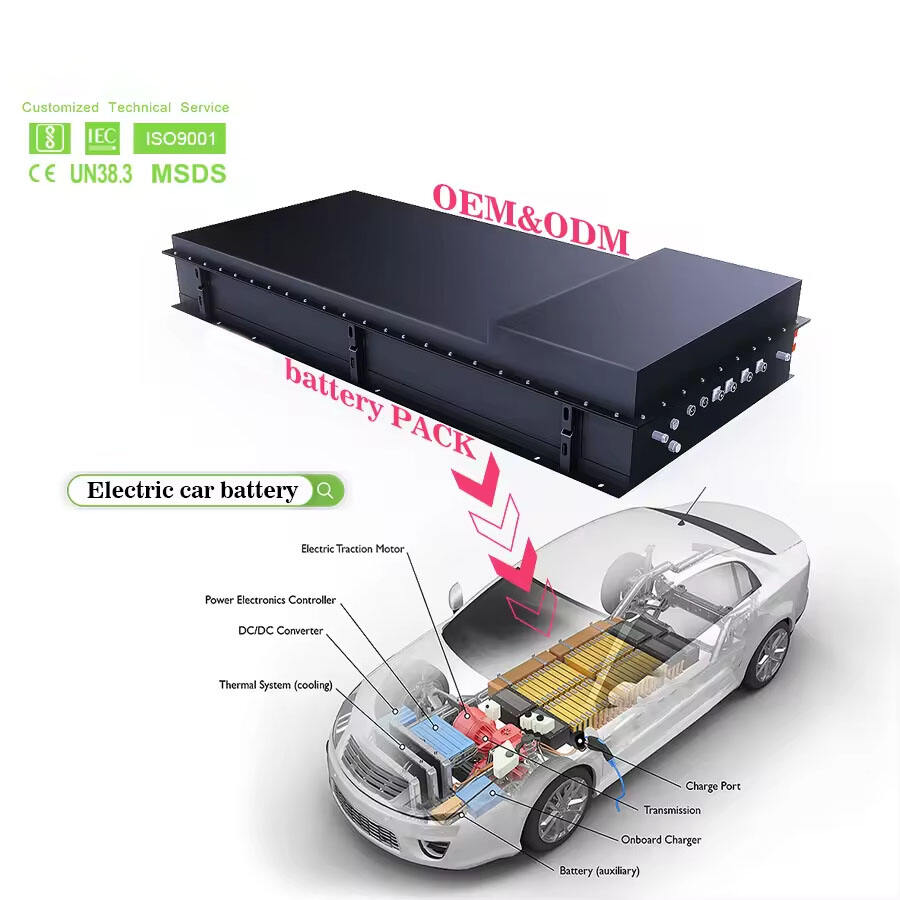When choosing an EV fleet, picking the appropriate vehicle power battery for your electric fleet is important because it optimizes efficiency and productivity. As companies consider shifting to electric fleets, knowing the different types of batteries, their specifications, and applications becomes essential. In this article, I’ll help guide you through the most important factors to make an informed choice aligned with your operational needs.
Types of Batteries
Learning the differences among batteries is the starting point for choosing the best vehicle power battery and the most common batteries used in electric vehicles fleets include Lithium-Ion, Lead-Acid and Nickel-metal Hydride (NiMH). Lithium-Ion batteries are the most common type of batteries used for electric vehicles as they have a high energy density, longer lifespan, and are lighter compared to the other two. On the other hand, Lead-Acid batteries are relatively cheaper but have a lower energy density and shorter lifespan. Though NiMH batteries are the least common, they offer a balanced performance and cost. It is important to all types of batteries and their pros and cons in order to better serve your fleet's unique requirements.
Taking Into Account the Capacity and Range
When making battery selection, factors such as capacity and range must be given priority. Your electric vehicle’s available range translates to the distance it can travel in relation to the power provided by the battery measured in kilowatt-hours (kWh). For instance, delivery vans will alwa ys require batteries that have higher capacity in order to travel sufficiently long distances without frequent need for recharging. A fleet's operational needs paired with optimal range must be assessed. Also, pay attention to the available charging infrastructure as it will impact how fast the vehicles are able to regain charge and return to service.
Cost vs. Performance
Every business has a set budget to work with, however, in this case, staying within set limits needs to be balanced with performance. Lead-acid power batteries, for instance, while seemingly cheaper, bring down the total budget value in the longer term due to increased maintenance needs paired with lower lifespan. On the contrary, spending more upfront on Lithium-Ion batteries will bring superior performance with longer lifespans, lower maintenance cost and reduced total cost of ownership (TCO).
Impact on the Environment and Sustainability
From the standpoint of a business, sustainability is a big factor to consider, especially when it comes to the creation and discarding of batteries. Lithium-ion batteries, although more efficient, use materials with great environmental impacts like lithium, cobalt, and nickel. At the same time, lead-acid batteries, although easier to recycle, can be quite dangerous to the environment if disposed of incorrectly. As an owner of an electric fleet, always research the sustainability practices and dedication to preserving nature's resources of the manufacturer you decide to conduct business with.
Anticipated Advancements Pertaining to Batteries
With the constant improvements in the electric vehicle industry, looking ahead at anticipated advancements pertaining to batteries should greatly influence the decisions made for your fleet. Solid-state batteries offer the latest breaking emerging technologies which are expected to surpass current lithium-ion alternatives in energy density, charge times, and overall safety. Furthermore, the growing advancements in battery recycling and second-life applications are helping businesses eliminate waste and improve sustainability. Ensuring your fleet is ready to adapt and comply will give your fleet a competitive edge.
In summary, electric fleet vehicle optimization requires ecaluating battery type, capacity, cost, environmental impact, and future trends. Aligning these with business operations enables sustainability and efficiency, paving the road toward success in the growing electric vehicle industry market.

